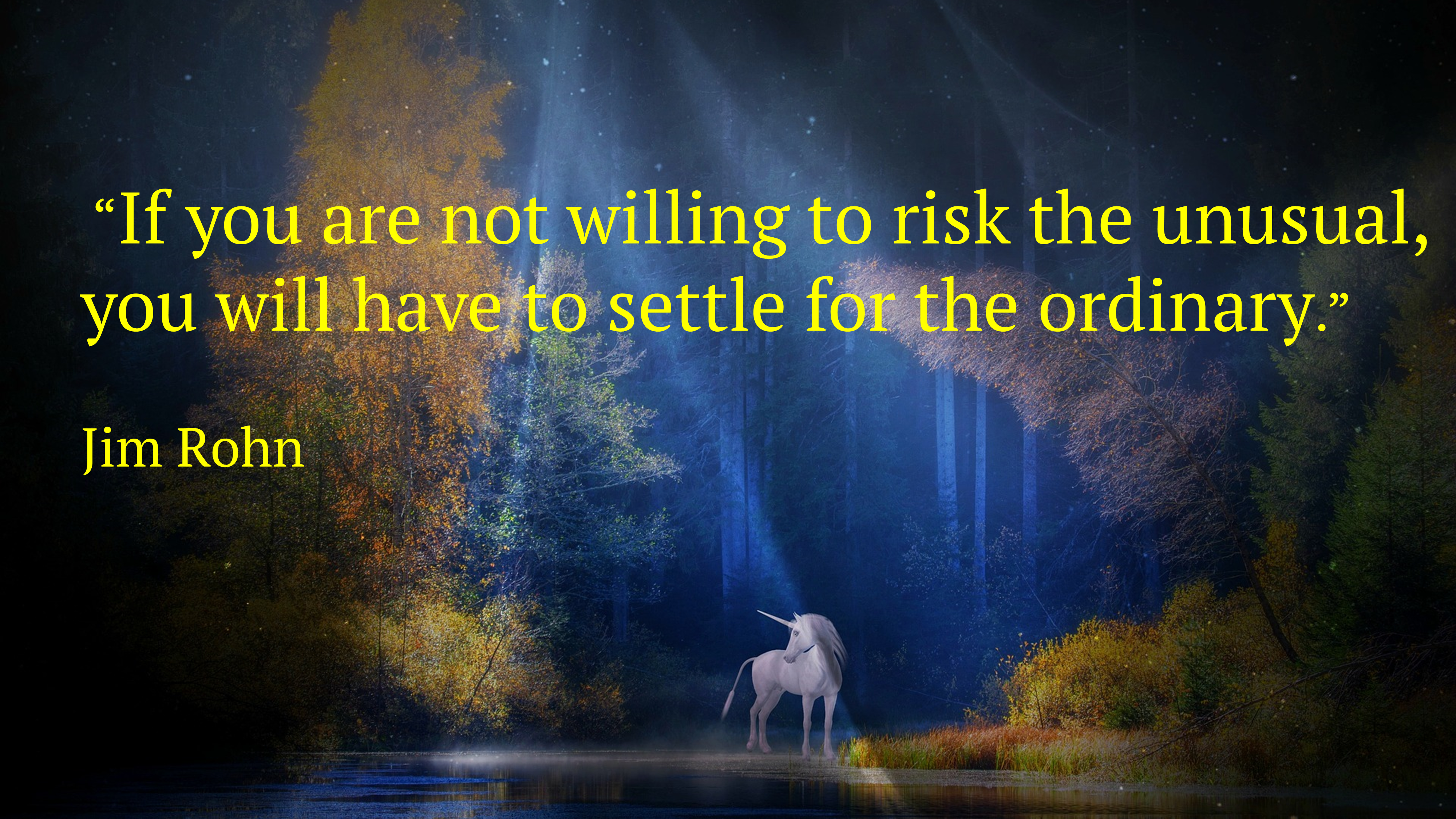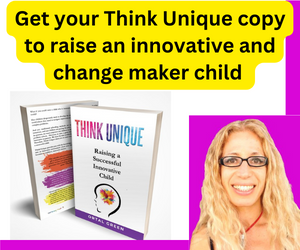We all want to succeed, but do you give yourself permission to do so?
We need to take risks and try new things to learn, grow, and better understand what we want to do.
Taking risks comes in different shapes and sizes.
Making new friends is a risk, as you risk being rejected.
Sharing your ideas is also taking the risk of being judged by others.
Applying for the promotion you want is a risk, and so is following your heart and starting your own business.
While most of us know that we must take risks to grow, be true to ourselves and thoroughly enjoy our lives, the fear of failure is often stronger and holding us back.
Often, we have a bias towards the familiar. Even if this familiar reality is not that great, even if we know that doing something new can positively affect our lives, we might choose to stick with it instead of moving into the unknown zone.
When you choose to stay in your comfort zone, you might be missing out on:
- Finding out your interest, passion and purpose
- Developing confidence in your capabilities to handle different situations
- Having more fun and creating more happiness in your life
- Getting to know amazing people
- Being true to yourself
Are you avoiding risks? Take the test!
Some people are naturally risk-takers. They like to challenge the status quo, are happy to explore new possibilities and opportunities, and have the confidence to share their thinking with the rest of the world.
If you want to know if you the kind of person that prefers to avoid risks, check if one, or more, of the statements below apply to you:
- You dream about what you would like to do but don’t take action to make these dreams a reality
- You are frustrated with different parts of your life but don’t take action to change it
- You struggle to make big decisions and get stuck in analysis paralysis
- You avoid speaking up and voicing your opinion when your thinking goes against the mainstream
- You don’t want to make a mistake and look like a fool
If one, or more, of the above statements feels like you, it means you are holding yourself back. You are missing on better enjoying your life, learning, growing as a person and within your profession and having a more rich and authentic life.

Create unordinary life for yourself and your child
The good news is that you have the power to change it. You can train yourself to get comfortable with taking calculated risks. You can learn to try new experiences despite of your fears.
The first steps on this journey are:
- Accept you are never going to have all the answers. There are always unknowns, and you can never know in advance whether something new you are trying will work. To know, you must put it to the test.
- Develop a growth mindset. You can learn to do anything you want. You can get better at anything if you put your mind and heart into it.
- Before taking a risk, ask yourself – What’s the worst that could happen? Be honest about your fears and explore this risk’s realistic potential negative outcomes. This exercise would help you gain perspective on this risk.
- Before taking a risk, ask yourself – What’s the best that could happen? Weighing the best possible outcomes against the worst possible outcomes would help you assess the risk and decide whether you are willing to take it.
- Trust yourself. If it feels like something that can benefit you and you have done your homework, trust that you can make it happen. You might fail along that way, but this is OK. These failures would help you find the right way.
Getting comfortable with taking risks is important, but so is taking risks thoughtfully. Therefore, always do your homework.
The next step in getting comfortable with risk-taking is taking small daily risks. For example:
- Say hello to someone new. Make new friends.
- Learn a new skill. (Is there something you have always wanted to learn and never got around to? Now is the time to give it a go.)
- Share your ideas and unique thinking with others. Especially if everyone else thinks differently.
Once you feel comfortable taking small risks, you can move to the next level and take more significant risks.
If you want to help your children/students get comfortable with taking risks, here are a few tips on how you can do so:
- Encourage your children/students to engage in unfamiliar situations.
- Create a safe environment where children feel comfortable with trying and failing. Praise the effort and journey, not the outcomes and end results.
- Model risk-taking. Whether as a teacher or a parent, share your own stories on how you took a risk, failed, learned from it and tried again. Don’t forget to share how you felt about this process. Don’t be afraid to show vulnerability. Being vulnerable is a strength, not a weakness.
- Don’t judge. Don’t judge your children/students’ ideas. Accept all ideas. Don’t praise one idea more than another. Treat all ideas in the same manner.
- Value the learning process, not the result. We often celebrate and hang on our walls the end result. Instead, celebrate the journey. Display unrefined, not completed work.










